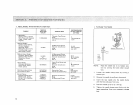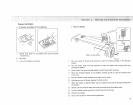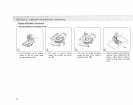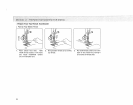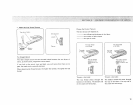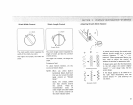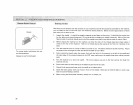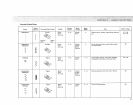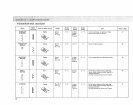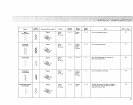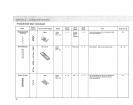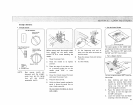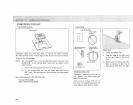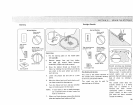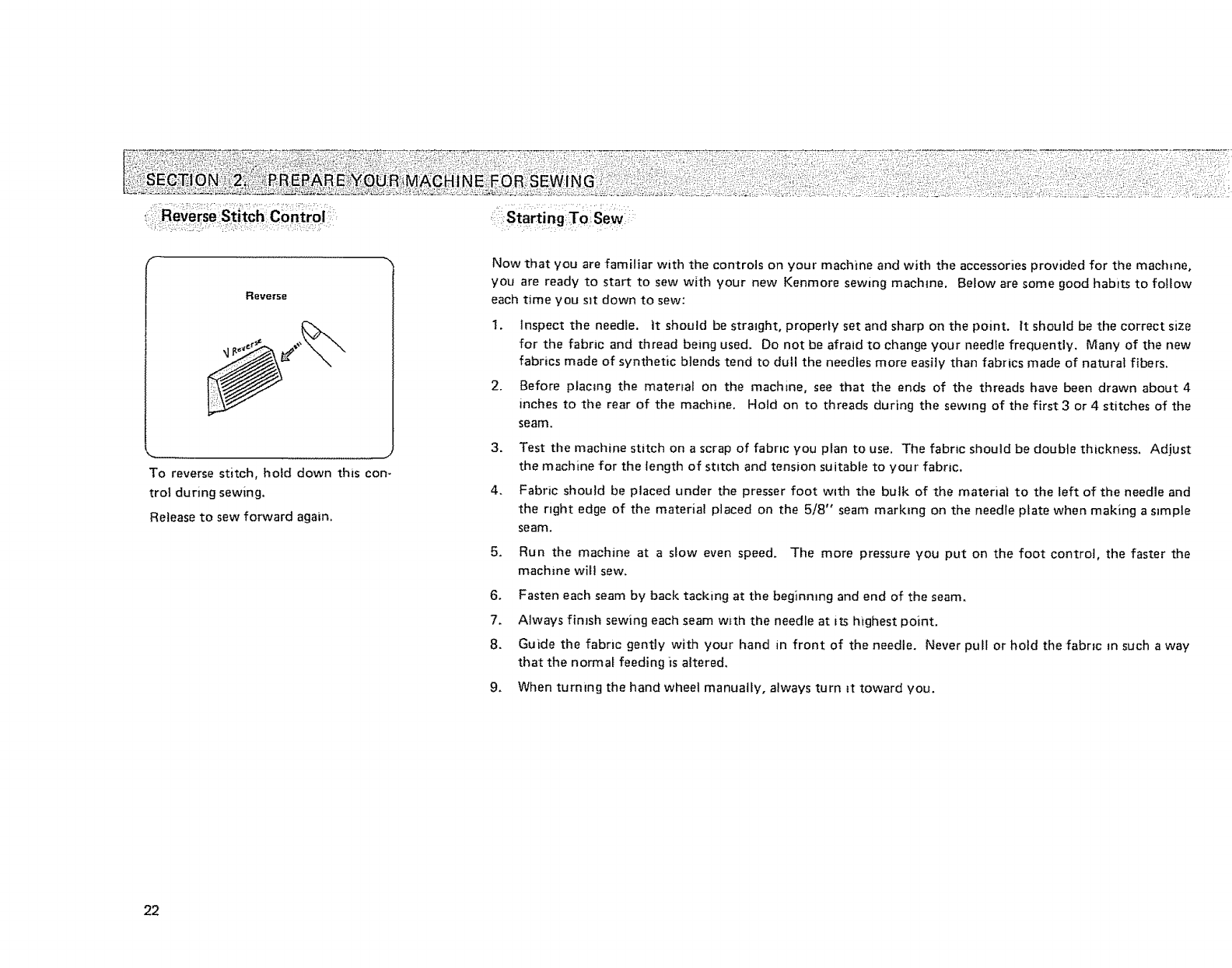
Reverse
',,,, j
To reverse stitch, hold down this con-
trol during sewing.
Release to sew forward again.
_: Starting To Sewii:
Now that you are familiar with the controls on your machine and with the accessories provided for the machine,
you are ready to start to sew with your new Kenmore sewing machine. Below are some good habrts to follow
each time you stt down to sew:
1. Inspect the needle, It should be straight, properly set and sharp on the point. It should be the correct size
for the fabric and thread being used. Do not be afraid to change your needle frequently. Many of the new
fabrics made of synthetic blends tend to dull the needles more easily than fabrics made of natural fibers.
2. Before plamng the materral on the machine, see that the ends of the threads have been drawn about 4
inches to the rear of the machine. Hold on to threads during the sewing of the first 3 or 4 stitches of the
seam.
3. Test the machine stitch on a scrap of fabric you plan to use. The fabric should be double thickness. Adjust
the machine for the length of stitch and tension suitable to your fabric.
4. Fabric should be placed under the presser foot with the bulk of the material to the left of the needle and
the right edge of the material placed on the 5/8" seam marking on the needle plate when making a slmpte
seam.
5_
Run the machine at a stow even speed. The more pressure you put on the foot control, the faster the
machine will sew.
6. Fasten each seam by back tacking at the beginning and end of the seam.
7, Always fimsh sewing each seam w_th the needle at its highest point.
8. Guide the fabric gently with your hand in front of the needle. Never pull or hold the fabric tn such a way
that the normal feeding is altered.
9, When turning the hand wheel manually, always turn tt toward you.
22



